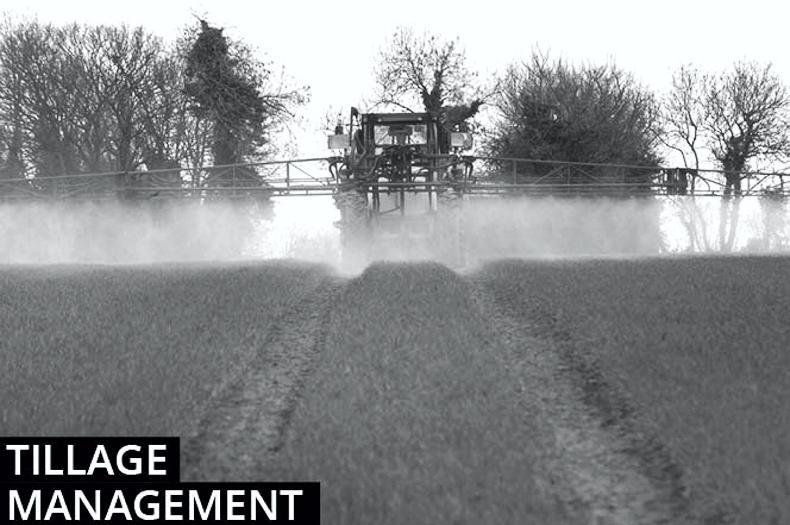Forward prices have come under a bit of pressure again in response to the big output expectations for soya beans and palm oil. But north Leinster growers may still have the option to take out a contract with Quinns.
If you intend to use high-N organic manures or hybrid varieties, you might delay planting slightly to prevent excessive autumn growth risk. Where planting will run into the end of this month, the use of hybrids, seedbed fertiliser or higher seed rates should be used to help generate the necessary autumn canopy.
The five recommended varieties were described in last week’s Irish Farmers Journal, along with their characteristics. Growers should remember that only varieties that have performed well in this country are recommended.
Plant conventional varieties at 65-80 seeds/m2 initially, moving on to hybrid varieties at 35-40 seeds/m2. Seed rates should always be influenced by sowing date and soil conditions.
The dry year to date could result in extra N in the seedbed and this may be sufficient for early planting. Seedbed nitrogen, and possibly P and K, may make sense with later planting to ensure good autumn growth. This could be a 50kg bag of DAP or 18:6:12 per acre. This should not be needed if poultry litter or pig slurry were incorporated.
Keep a close eye on establishing crops for signs of flea beetle damage. These can attack from the early cotyledon stage and they eat holes in the surface of the leaf. If damage is severe, plant loss will occur. High, early vigour is a useful variety characteristic to help a variety to cope with damage. The beetles are quite small (1.5-2mm wide and 3-4mm long) and black in colour.
The recent rain could make slugs an additional pest on establishing rape. Consider putting down traps to test for slug activity, but only apply pellets where there is a real risk of crop damage. Don’t wait for the crop to be damaged before you act.
Read more
Winter oilseed rape varieties for 2017 planting
Tillage management: good performance from initial results in harvest phase two
Forward prices have come under a bit of pressure again in response to the big output expectations for soya beans and palm oil. But north Leinster growers may still have the option to take out a contract with Quinns.
If you intend to use high-N organic manures or hybrid varieties, you might delay planting slightly to prevent excessive autumn growth risk. Where planting will run into the end of this month, the use of hybrids, seedbed fertiliser or higher seed rates should be used to help generate the necessary autumn canopy.
The five recommended varieties were described in last week’s Irish Farmers Journal, along with their characteristics. Growers should remember that only varieties that have performed well in this country are recommended.
Plant conventional varieties at 65-80 seeds/m2 initially, moving on to hybrid varieties at 35-40 seeds/m2. Seed rates should always be influenced by sowing date and soil conditions.
The dry year to date could result in extra N in the seedbed and this may be sufficient for early planting. Seedbed nitrogen, and possibly P and K, may make sense with later planting to ensure good autumn growth. This could be a 50kg bag of DAP or 18:6:12 per acre. This should not be needed if poultry litter or pig slurry were incorporated.
Keep a close eye on establishing crops for signs of flea beetle damage. These can attack from the early cotyledon stage and they eat holes in the surface of the leaf. If damage is severe, plant loss will occur. High, early vigour is a useful variety characteristic to help a variety to cope with damage. The beetles are quite small (1.5-2mm wide and 3-4mm long) and black in colour.
The recent rain could make slugs an additional pest on establishing rape. Consider putting down traps to test for slug activity, but only apply pellets where there is a real risk of crop damage. Don’t wait for the crop to be damaged before you act.
Read more
Winter oilseed rape varieties for 2017 planting
Tillage management: good performance from initial results in harvest phase two






 This is a subscriber-only article
This is a subscriber-only article





SHARING OPTIONS: